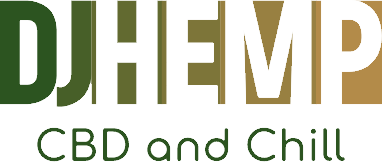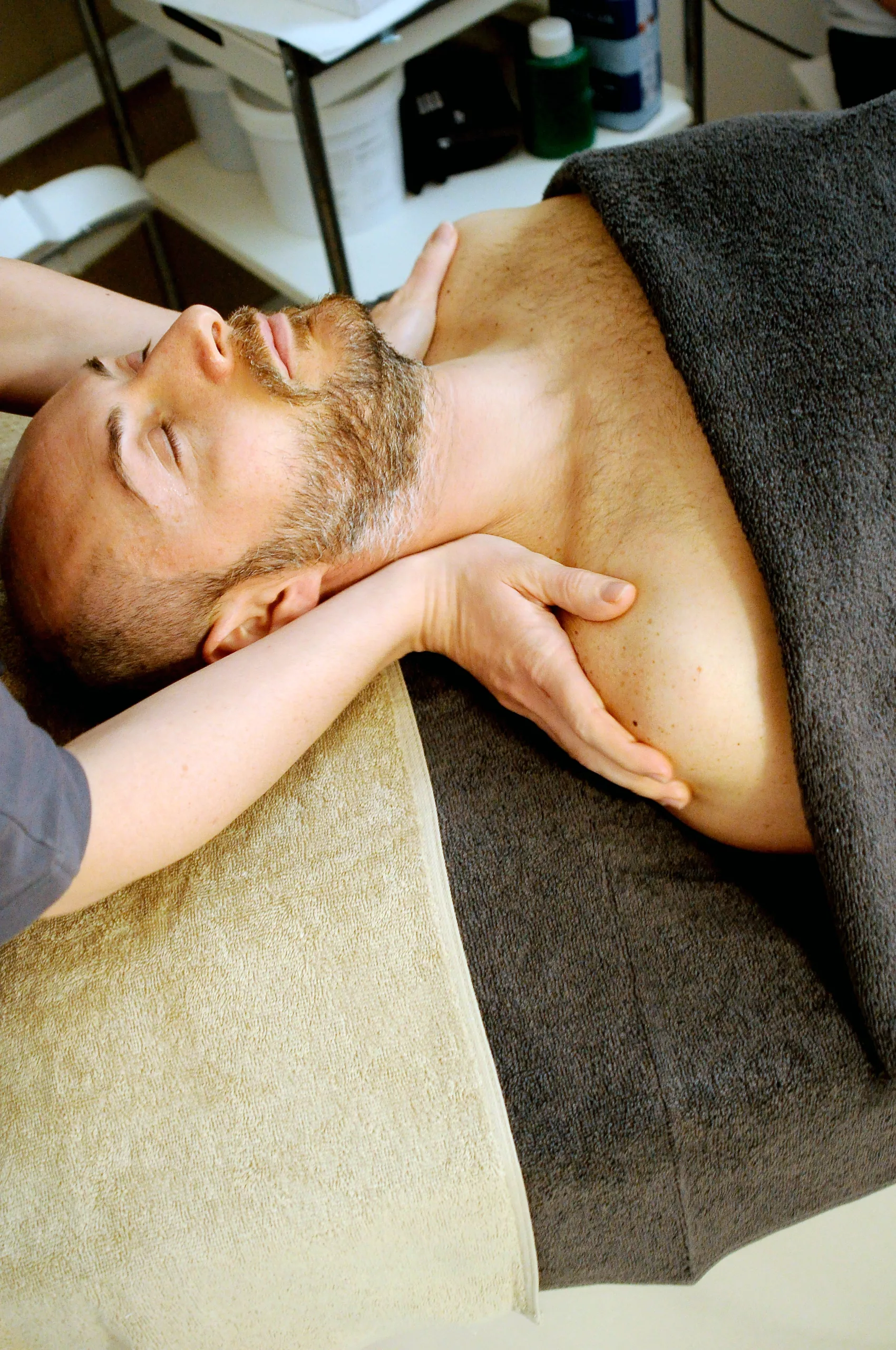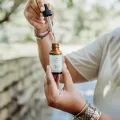Introduction
CBD, or cannabidiol, is a natural compound found in the cannabis plant.
Unlike tetrahydrocannabinol (THC), CBD does not produce a high, making it a popular alternative for those seeking the benefits of cannabis without the psychoactive side effects.
One of the most significant benefits of CBD is its potential as a fitness recovery solution.
With its anti-inflammatory and analgesic properties, CBD has been shown to help reduce muscle soreness and promote overall relaxation and recovery after exercise.
In this article, we’ll explore the science behind CBD and its potential as a fitness recovery solution.
Main Section 1: How Does CBD Work?
To understand how CBD can aid in fitness recovery, it’s essential to understand how it interacts with the body.
The human body has an endocannabinoid system (ECS), which is responsible for regulating various physiological processes such as pain, inflammation, and immune response.
The ECS is made up of two types of receptors: CB1 receptors, located primarily in the brain, and CB2 receptors, found throughout the body, including the immune system.
CBD interacts with the ECS by indirectly stimulating CB1 and CB2 receptors, which can help regulate inflammation and pain.
CBD also interacts with serotonin receptors, which can help promote relaxation and reduce stress.
These interactions can help reduce muscle soreness and promote overall recovery after exercise.
Main Section 2: CBD for Muscle Recovery
Muscle soreness is a common side effect of exercise, particularly after intense workouts.
The cause of muscle soreness is micro-tears in the muscle fibers, which can lead to inflammation, pain, and stiffness.
CBD’s anti-inflammatory properties can help reduce inflammation and pain, making it an effective option for post-workout recovery.
A study published in the Journal of Clinical Investigation found that CBD helped reduce inflammation and pain in rats with arthritis.
The researchers concluded that CBD has potential as a therapy for inflammatory conditions.
Another study published in the European Journal of Pain found that applying CBD topically to the skin could help reduce pain and inflammation caused by arthritis.
CBD can also promote overall relaxation and reduce stress, which can aid in muscle recovery.
A study published in the Journal of Sports Medicine and Physical Fitness found that CBD helped reduce anxiety and improve sleep in a group of patients with Parkinson’s disease.
Main Section 3: How to Use CBD for Fitness Recovery
There are several ways to use CBD for fitness recovery, including topical creams, tinctures, capsules, and edibles.
Topical creams and balms can be applied directly to the skin over sore muscles and joints.
Tinctures and capsules are taken orally and can be easily incorporated into a daily wellness routine.
Edibles are a popular option for those looking for a tasty and convenient way to consume CBD.
When using CBD for fitness recovery, it’s essential to start with a low dose and gradually increase as needed.
It’s also important to choose a high-quality CBD product from a reputable source and to consult with a healthcare provider before beginning any new wellness routine.
Conclusion
CBD has shown promise as a natural solution for fitness recovery.
Its anti-inflammatory and analgesic properties can help reduce muscle soreness and promote relaxation, making it an effective option for post-workout recovery.
When using CBD for fitness recovery, it’s important to choose a high-quality product, start with a low dose, and consult with a healthcare provider.
FAQ
-
Is CBD legal?
CBD is legal in most states in the United States, but it’s important to check local laws to ensure legality in your area. -
Will CBD get me high?
No, CBD does not produce a high like THC. -
Can I use CBD for recovery after any type of exercise?
Yes, CBD can be effective for recovery after any type of exercise. -
How long does it take for CBD to work?
The effects of CBD can vary depending on the method of consumption and individual factors.Topical creams can provide immediate relief, while tinctures and capsules may take longer to take effect.
-
Are there any side effects of using CBD?
While CBD is generally well-tolerated, some individuals may experience side effects such as dry mouth, fatigue, and changes in appetite. -
Can CBD be used in conjunction with other recovery methods?
Yes, CBD can be used in conjunction with other recovery methods such as stretching, massage, and rest.It’s important to consult with a healthcare provider before beginning any new wellness routine.
I am a CBD enthusiast and creator of DJ Hemp who has made it my mission to enlighten the world about the cannabis industry through thought-provoking literary works.
I have successfully fostered an open-minded, inquisitive community that is eager to learn more about the potential benefits of CBD.
Contact me at [email protected] for assistance.





